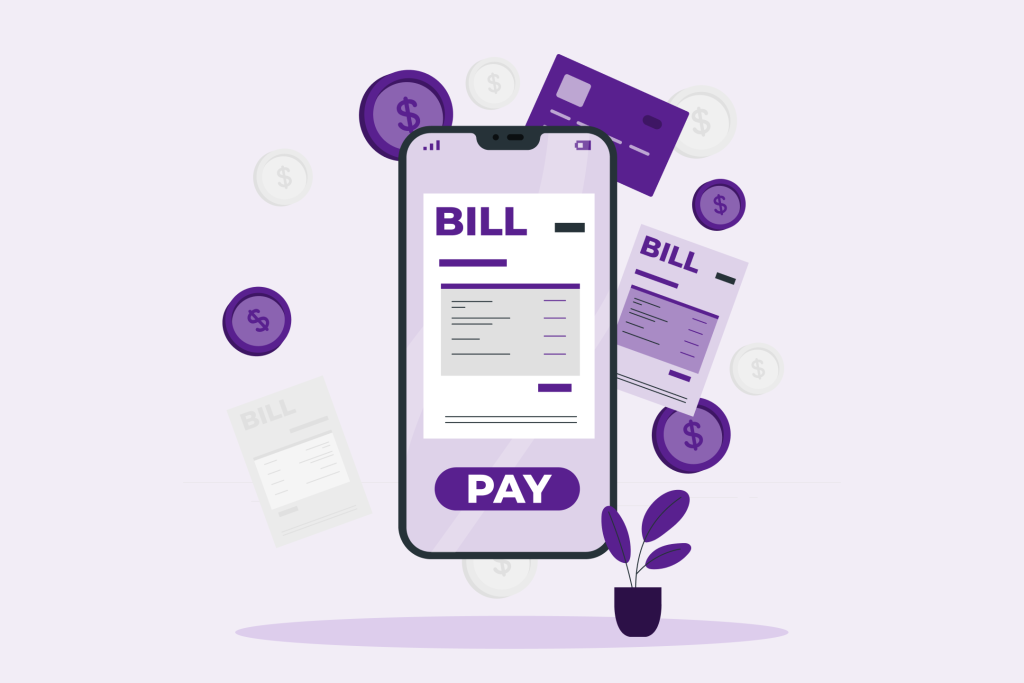Here’s what it costs to live in the United States in case you’re considering making a move.
Whether you’re still considering a move to the U.S. or already living there, understanding the costs of living can help you budget better and stay within your means. We’ve put together some expenses like housing, food, transportation, childcare, and more in the United States for 2025 to give you a clearer picture.
1. Housing: The Largest Monthly Expense

In America, you will spend much more on securing where to stay. As of 2025, the average sale price of a new home in the US is about $511k. That’s a massive increase in the last few decades. Especially since the 2008 financial crisis. At the same time, 65% of Americans own their homes.
Renting and owning in the US.
Homeownership remains a long-term goal, especially as the rising cost of down payments and tight housing supply have pushed more people to rent instead. In many states, renting can be more expensive month-to-month than a mortgage, but you can:
- Pay an average rent for a one-bedroom apartment in a city center for $1,733 per month.
- Or you, if you decide the city center is too expensive, you can pay $1,435 a month for an apartment outside the city center.
- While a three-bedroom in the city center costs around $2,876 a month, a three-bedroom outside the center is about $2,397 a month.
2. Utility Bills And Internet

The cost of utilities is another important thing to consider when you move abroad. For an average-sized apartment of about 85m², residents can expect the following monthly utility expenses:
- Electricity, heating, cooling, water, and garbage at $208.55.
- Internet (60 Mbps or more): $71.83.
- Mobile phone plan with 10 GB+ data: $57.29.
3. Grocery Prices: Everyday Necessities Are Climbing

Grocery bills in some countries don’t take much. But in the United States, it is a large part of your monthly expenses, especially if you live with your family. Here are the typical 2025 US prices for common items:
- Milk (1 liter) – $1.06
- Bread (500g) – $3.64
- Rice (1kg) – $4.62
- Eggs (12) – $4.31
- Chicken fillets (1kg) – $12.20
- Apples (1kg) – $5.28
- Tomatoes (1kg) – $4.91
- Domestic beer (0.5L) – $1.96
- Bottle of wine (mid-range) – $15.00
Although staple foods remain the same, the prices of meat, dairy, and fresh produce continue to increase. You will notice this more if you are living in urban areas with high demand.
4. Dining Out: A Luxury Or A Norm?

In the past, dining out in the US was very common and didn’t cost too much. But currently, the cost adds up quickly:
- Inexpensive restaurant meal: $20
- Three-course meal for two at a mid-range restaurant: $75
- Fast food combo (McDonald’s, etc.): $11.50
- Cappuccino: $5.24
5. Transportation Costs: Public vs Private

The amount of money you will spend on transportation costs depends on many things. Either the type of life you are living, or your location, where you live in the United States. Like you won’t expect your transport expenses to be low when you don’t use the buses.
Public transportation.
- One-way ticket: $2.50
- Monthly pass: $65
Cities like New York and Chicago have better public transit systems. However, in many areas, owning a car is important.
Vehicle ownership.
- Gasoline (1 liter): $0.92
- Volkswagen Golf: $30,000
- Toyota Corolla: $25,990
- Car insurance (average annual): ~$1,700
6. Childcare And Education

If you have a child or children in the US, be prepared to spend more than those who don’t. Childcare and education are among the most expensive costs for families:
- Private preschool (monthly, full-day): $1,372.96
- International primary school (annual): $22,614.98
7. Clothing and Personal Items

If you are new to the United States, the price of clothes might be surprising.
- Pair of jeans (Levi’s or similar) – $52.23
- Summer dress (Zara, H&M) – $42.62
- Running shoes (Nike) – $89.97
- Men’s leather shoes – $113.76
However, when you stay there for some time, clothing prices in the US are relatively reasonable. Especially with the availability of mass-market fashion.
8. Entertainment And Leisure

There are different things you can do for leisure. You don’t need to play tennis or watch movies. Or leisure to you, can be as simple as reading a book. But if you decide to spend a good portion of your income on leisure, this is how they can quickly add up:
- Gym membership: $46.01/month
- Tennis court rental (1 hour): $21.87
- Cinema ticket: $14
9. Salaries And Financing

Compared to many countries, it is easier to receive higher salaries in America. According to current data:
- Average monthly net salary: $4,324.38
- Mortgage interest rate (20-year fixed): 6.51%
While wages appear high, they often don’t keep up with rising housing and childcare costs. The average American household spends around $77,280 annually. On the other hand, consumer expenditures increased 5.9% year-over-year.
Comparing The US To Other Countries
To put things in perspective, consider the following international comparisons:
- Cost of living in the U.S. is 151.9% higher than in Nigeria
- Rent prices in the U.S. are 72.6% higher than in Nigeria. However, you still can’t compare the quality of life and earnings of the US to these countries. Even though there’s a rising cost of living, things might appear to be a bit better.
Regional Variations Across the U.S.
It’s important to remember that the cost of living varies by location:
- New York City and San Francisco are the most expensive cities in the United States.
- Southern and Midwestern states like Texas, Tennessee, and Ohio have more affordable housing and lower taxes.
- Rural areas may have lower rent but also limited access to jobs and services.
How to Save With the High Cost of Living

Here is how you can save even with the high cost of living in the United States.
Rethink your housing strategy.
The average rent for a one-bedroom apartment in the United States is now hitting $1,550. Two-bedroom units are now exceeding $1,900. Housing has become the largest monthly expense, so to survive these costs, rethink where or how you live:
Cut the invisible costs: utilities and subscriptions.
While rent grabs the headlines, utility bills and subscription fees can quietly drain your finances. According to RentCafe, average utility costs range from $370 to $400 a month depending on the region. Including electricity, gas, water, and internet. So, consider canceling unused subscriptions or switching to energy-efficient appliances.
Grocery prices and meal planning.
Grocery costs have increased in the last three years. If you’ve a family of four, you can spend upwards of $1,000 to $1,200 a month on food. Even if you’re not eating out with your family. To save cost, you can embrace weekly meal planning, freezing meats purchased, bulk buying, and discount grocers like Aldi or regional chains.
Healthcare costs and preventive thinking.
Healthcare remains one of the most unpredictable expenses. The average monthly premium for a silver-tier health plan under the Affordable Care Act is now $560.
To survive, you opt for high-deductible health plans paired with Health Savings Accounts (HSAs). It has tax advantages. Another option is to go to community health centers and low-cost clinics for non-emergency care.
Transportation and mobility adjustments.
Transportation, particularly if you own car, can be expensive. The average monthly cost of owning a car now exceeds $900 in many states, according to AAA data. Including loan payments, gas, insurance, and maintenance. So, taking public transit, cycling, or walking to reduce your reliance on a personal car can save you thousands per year.
Sending money to love ones at the best rate.
If you move to the U.S., you may still need to support your family back home. Sending money across borders can be costly. Many banks charge hidden fees and offer poor exchange rates.
You can simply use CadRemit.com to send and receive Naira, USD, EUR, and CAD at better rates than most banks or traditional services. It is fast, secure, and easy to use.
Make every dollar count.
In 2025, financial survival is about making each dollar stretch as far as possible. You can have a strict budget, track every expense to know where leaks are happening. Even small adjustments can make a difference. Like brewing coffee at home, shopping with a list, or negotiating insurance premiums. All can lead to substantial annual savings.
Is the American Dream Affordable in 2025?

The United States remains the land of opportunities for dreamers, but at a growing cost. With rising cost of housing, rent, childcare, and food prices, all creating a tight financial squeeze, especially if you’re an average earner. So, financial planning is more important than ever if you’re considering a move to or you already live in the US.




